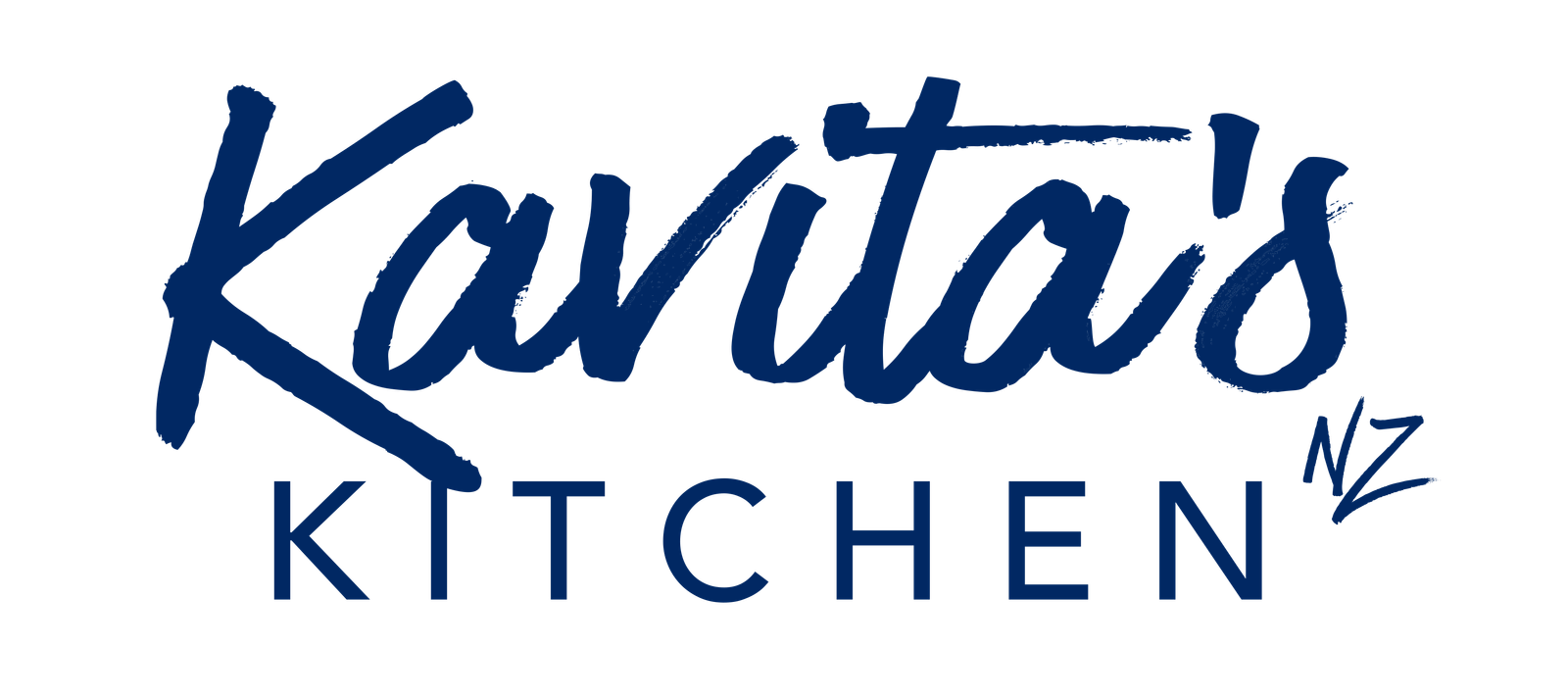FAQs

Common questions people ask me about our curry paste products.
One tub is good for 4 to 6 people, add 800g-1kg of protein and / or veggies combined
For 2 to 4 people, use ½ a tub with 500-600g of ingredients
If you are cooking for less than the required amount, we suggest you cook the whole dish, save some for later, or freeze the extras for another day’s meal.
Use the products creatively to get the taste you desire.
– For extra spice: add more paste and / or extra Chillies
– For less spice; use less paste and use cooling options like coconut milk or cream, yoghurt or buttermilk, or crème fraiche / sour cream
– Yes, you can freeze and it will taste just as good when thawed and re-heated.
– You can freeze mainly meats such as lamb, beef, goat, or pork.
– Freezing chicken, or other poultry, dairy or seafood is not recommended.
– Root plant vegetables such as Potatoes, Kumara, Squash or Pumpkin don’t freeze well.
100% Natural ingredients | No added sugar | No preservatives or additives | No artificial colours or flavours | No stabilisers | No Oil | Plant based.
For a list of individual ingredients in each product, please look under product descriptions in the product page.
– Shelf life of the product unopened is 3 months from production. Expiry dates are clearly marked on the label.
– Once opened consume within two weeks.
– Freeze up to 3 months.
The pastes should be kept in the fridge as they contain fresh ingredients. This allows us to keeps our products 100% natural and tastes homemade!
– All our pastes can be frozen.
Our products are 100% natural. We do not use any preservatives, additives, MSG, fillers, oil or colours in any of our products.
We do not use GMO or GMO derived ingredients in our products.
There are no nuts added but there is a risk of cross-contamination. It is produced in a facility containing nuts.
There is no dairy added but there is a risk of cross-contamination. It is produced in a facility containing dairy.
None of our products contain oil.
Yes, our products are plant based and therefore suitable for vegetarians and vegans.
– Usually this happens because of too much liquid added early in the cooking process.
– Also, cooking the dish in a pot with a lid on or simmering throughout the cooking time tends to increase the liquid content in the dish.
– A quick fix would be to remove all the protein and/or veggies, then reduce the watery gravy over high heat uncovered (Keep an eye and stir so that it doesn’t burn!)
– You could add some potato mash to thicken the curry but this is not preferred.
– Check the ratio of curry paste to ingredients. Each tub should make around 800g-1kg of proteins and/or veggies. If you use less ingredients and more paste, the curry will turn out spicier.
– To cool a curry down you may add cream, coconut milk, natural yoghurt, buttermilk or crème fraiche / sour cream.
– Marinating allows the spices to permeate into the meat and also tenderises the meat. This sets it off to a good start.
– For off cuts and tougher meats, slow cooking is an excellent process and can be reheated or frozen for later consumption
– For tender cuts of meat any cooking style works but best consumed straight away.
- Lentils, also known as dhal, include green moong, red lentils, brown lentils, yellow
split peas, black urid and toor. - Beans include kidney beans, black eyed beans, black beans, broad beans and
chickpeas to name a few. - Soak lentils and beans overnight to soften them or alternatively use cans! Always
ensure you drain the water and use fresh, clean cold water for cooking. - When the lentils and/or beans come to a boil, there will be some froth or foam rising
to the top. Remove and discard that. - The trick is to always add a piece of ginger and asafoetida aka hing when cooking.
This will help any indigestion issues. - If you are not used to lentils and legumes, it may take a while to adjust to eating them
and it’s worth it as when cooked thoroughly until soft and buttery, it’s delicious and an
excellent source of protein.
Masala is a mix of various whole dry spices that are roasted and ground.
The word Curry has been anglocised. It almost certainly originated from the Indian
subcontinent. It may have its roots; in Tamil the term is ‘kari’, Goanese ‘karil’ and Gujarati
‘karhi’ to name a few.
You can minimise cleaning up in the kitchen and wastage of ingredients with the magical
one pot meal.
It is as easy as using up the last lonely carrot, potato, bits and bobs in the fridge and pantry.
Combine all the ingredients with some paste, put it in the slow cooker and voila a one pot
meal ready to be served with rice roti quinoa


